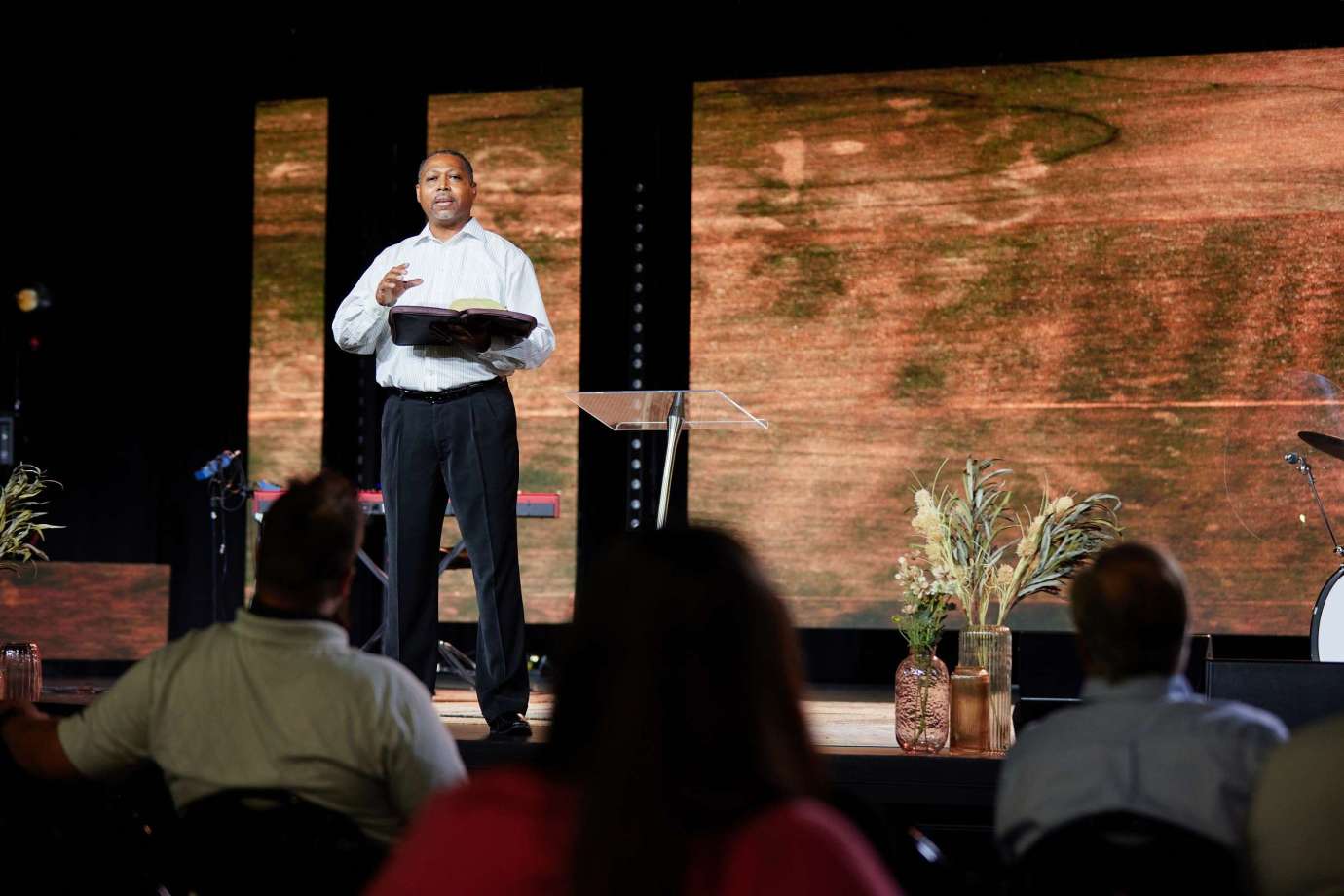CHPL 810 Practical Theology of Chaplaincy
Course Description
The course provides a practical study of the theology of chaplaincy, as well as the application of the chaplain’s theology in the secular and pluralistic contexts. Emphasis is given to the tension that exists for chaplains ministering to individuals from broad theological backgrounds. The course will prepare the chaplain to minister in pluralistic contexts, as well as, advise and mentor chaplains from a diversity of theologies.
For information regarding prerequisites for this course, please refer to the Academic Course Catalog.
Course Guide
View this course’s outcomes, policies, schedule, and more.*
*The information contained in our Course Guides is provided as a sample. Specific course curriculum and requirements for each course are provided by individual instructors each semester. Students should not use Course Guides to find and complete assignments, class prerequisites, or order books.
Rationale
The course is designed to build a strong strategic understanding of chaplaincy and its relationship to evangelical theology that produces advanced knowledge, skill and abilities in practical theological interpretation using Osmer’s four core tasks. This course aims to build advanced interpretive and decision making skills as it is related to the 10 functional areas of chaplaincy, allowing the participant to function at the strategic levels of chaplaincy leadership.
Course Assignment
Textbook readings and lecture presentations
Course Requirements Checklist
After reading the Course Syllabus and Student Expectations, the student will complete the related checklist found in the Course Overview.
Discussions (5)
The student will complete 5 Discussions in this course. The student will post one thread of at least 400 words by 11:59 p.m. (ET) on Thursday of the assigned Module: Week. The student must then post 2 replies of at least 200 words by 11:59 p.m. (ET) on Sunday of the assigned Module: Week. For each thread, students must support their assertions with scholarly citations in Turabian format. Each reply must incorporate scholarly citation(s) in Turabian format. Acceptable sources include the Bible, course textbooks, and other scholarly sources. Scripture must be used as a source for your reasoning.
(CLOs: A, B, C, D, E)
Practical Theology of Chaplaincy: Thesis and Outline Assignment
You will submit the title of the proposed paper along with the thesis statement and outline. The title must directly reflect the foundations of your thesis. The paper must contain an introduction, 5 main body points, and conclusion.
For the outline, use the following as a main body point: Theology of Chaplaincy Calling, Theology of Chaplaincy Character, Theology of Chaplaincy Competency, Theology of Chaplaincy Care, and Theology of Chaplaincy Conviction. Each main body point will be:
(1) Defined from a systematic theological tenet: What systematic theological tenet best defines the main body point?
(2) Detailed from your denominational/endorser guidelines: How does your denominational/endorser detail the main body point?
(3) Described through your chaplaincy practice of ministry: How is the main body point practiced in your ministry.
The thesis and rough outline must be completed in current Turabian format, with footnotes.
(CLOs: A, B, C, E)
Practical Theology of Chaplaincy: Annotated Bibliography Assignment
You will submit a detailed annotated bibliography of all material you plan to use in your final research paper. The annotated bibliography must contain a minimum of 1 citation from each of the course textbooks, 3 outside scholarly book resources and 3 outside scholarly journal articles. Each annotation must be a minimum of 100 words. Your annotated bibliography must be written in current Turabian format.
(CLOs: A, B, C, E)
Practical Theology of Chaplaincy: Final Draft Assignment
You will submit a 3000-word final draft of the research-based paper in current Turabian format (using footnotes). The paper will focus on a practical theology of chaplaincy, using the following main body points: Theology of Chaplaincy Calling, Theology of Chaplaincy Character, Theology of Chaplaincy Competency, Theology of Chaplaincy Care, and Theology of Chaplaincy Conviction. Each main body point will be:
(1) Defined from a systematic theological tenet: What systematic theological tenet best defines the main body point?
(2) Detailed from your denominational/endorser guidelines: How does your denominational/endorser detail the main body point?
(3) Described through your chaplaincy practice of ministry: How is the main body point practiced in your ministry. The paper must cite all textbooks, 3 other outside scholarly book resources, and the Bible.
(CLOs: A, B, C, E)
Reflection Assignments (8)
You will write reflections of assigned weekly course readings. Each reflection must be a minimum of 250 words and have two sections, only: Description (ministry definition) and Prescription (ministry application).
(CLOs: B, C, D, E)

Have questions about this course or a program?
Speak to one of our admissions specialists.
Inner Navigation
Have questions?
